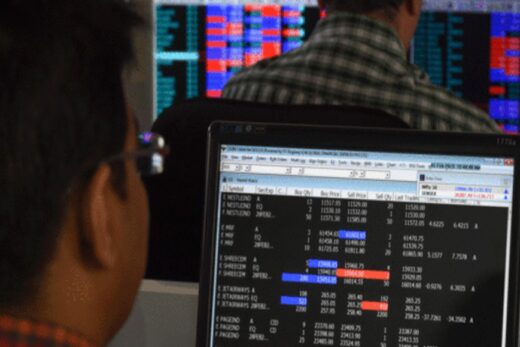The blue-chip CSI300 index fell 1.0 per cent to 4,992.97, while the Shanghai Composite Index shed 1 per cent to 3,429.54 points.
Chinese banks extended 1.47 trillion yuan ($227.91 billion) in new yuan loans in April, down from March, missing analysts’ expectations.
Analysts polled by Reuters had predicted new yuan loans would drop to 1.6 trillion yuan in April, down from 2.73 trillion yuan in the previous month and 1.7 trillion yuan a year earlier.
The trend of China’s credit “shift” is continuing, as Beijing targets to stabilize macro leverage ratio for the full-year target, Haitong Securities noted in a report.
Tensions between Beijing and Washington added to the pressure.
The Chinese government has turned its western Xinjiang province into essentially an “open-air prison”, a U.S. State Department official said on Wednesday as the department published a report that criticized China’s treatment of religious minorities.
Materials stocks slid, with the CSI300 materials index closing 4.2 per cent lower, posting its worst day since March 24.
China will monitor changes in overseas and domestic markets and effectively cope with a fast increase in commodity prices, the state council said on Wednesday.
Foreign investors retreated on Thursday as risk appetite fell, selling a net 3.4 billion yuan worth of A-shares via the Stock Connect linking mainland and Hong Kong, according to Refinitiv data.
Bucking the broad weakness, shares of traditional Chinese medicine makers rose, aided by report of Beijing’s support for the sector.
Around the region, MSCI’s Asia ex-Japan stock index was weaker by 1.16 per cent, while Japan’s Nikkei index closed 2.49 per cent lower.
At 07:04 GMT, the yuan was quoted at 6.4512 per U.S. dollar, 0.1 per cent firmer than the previous close of 6.4575.
($1 = 6.4499 Chinese yuan renminbi)



